Let’s talk about the start of Destiny year two, also known as Destiny version 2.0, also known as the patch that’s supposed to finally make Bungie’s interplanetary shooter the game we’ve been waiting all of year one to play.
I don’t have it yet because it’s enormous (17.658 GB on PlayStation 4). Despite Internet so fast the President himself was here a few months ago boasting about it, Sony says I have over two days left to completion. Instead of regaling you with updates on how many millimeters my progress bar’s moved, let’s go over the patch notes for the game, just out, and talk about the stuff that matters most, or at least that does to me.
Light and leveling are flip-flopsville
My least favorite part of Destiny—and it sounds like most others’, too—was having to slog for special pieces of armor with light bonuses that in sufficient bodily quantities corresponded to increases in your character’s level. Leveling during Destiny year one was thus merely an indication of your aggregate light, in turn quasi-reflective of the quality gear you were modeling. Experience points were out after level 20, grinding for rare pieces of light-suffused kit by completing exacting, often hard to glean challenges was in.
Destiny year two basically inverts that system, returning leveling to its traditional perch and granting you new levels in accordance with experience earned. Light isn’t gone, it’s just been shunted off and reduced to a general quality index: the average of all your gear’s Attack and Defense scores. That means you can now level up doing whatever you want, too.
What level will existing characters start at under the new system? Whatever their highest possible light level was under the old system, says Bungie.
Pop goes the level cap
With Destiny 2.0, we’re still stuck at year one’s level cap of 34 until The Taken King expansion drops on September 15, after which we can proceed on our merry way to level 40. But the happier news is that players who never managed to push into the 30s by grinding for light gear may just have a fighting chance at doing so before The Taken King hits.
See The 15 Best Video Game Graphics of 2014

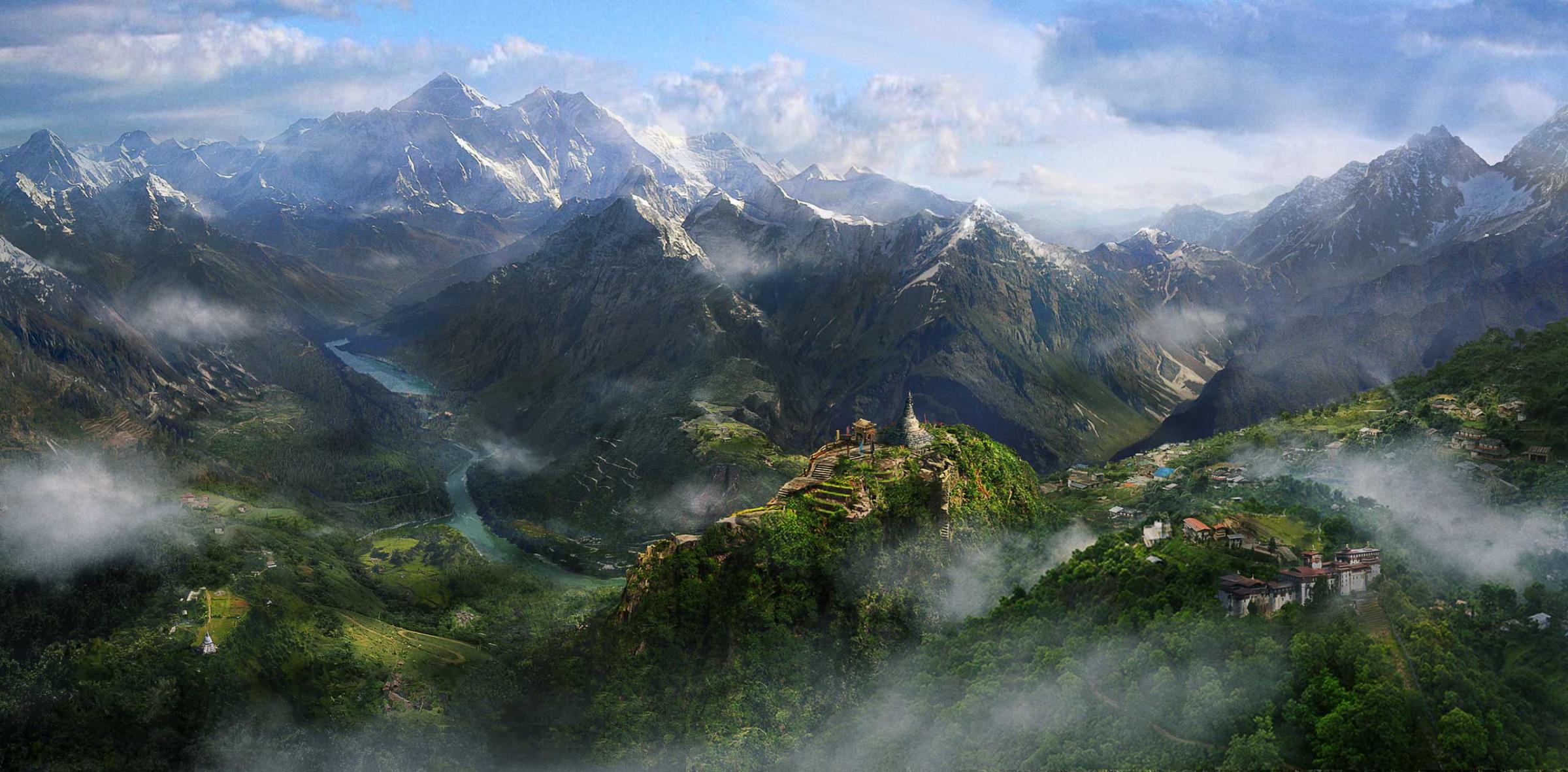


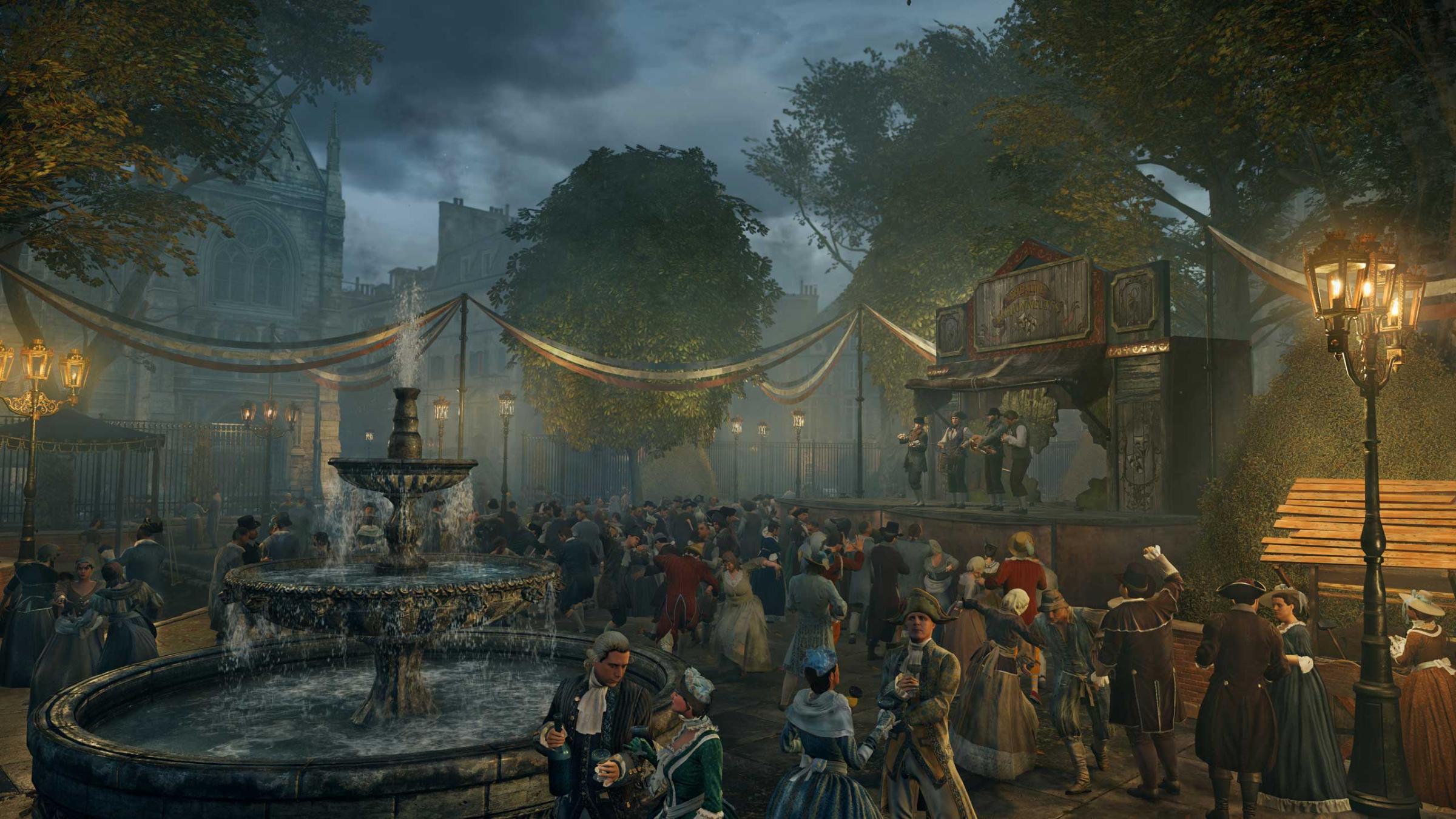
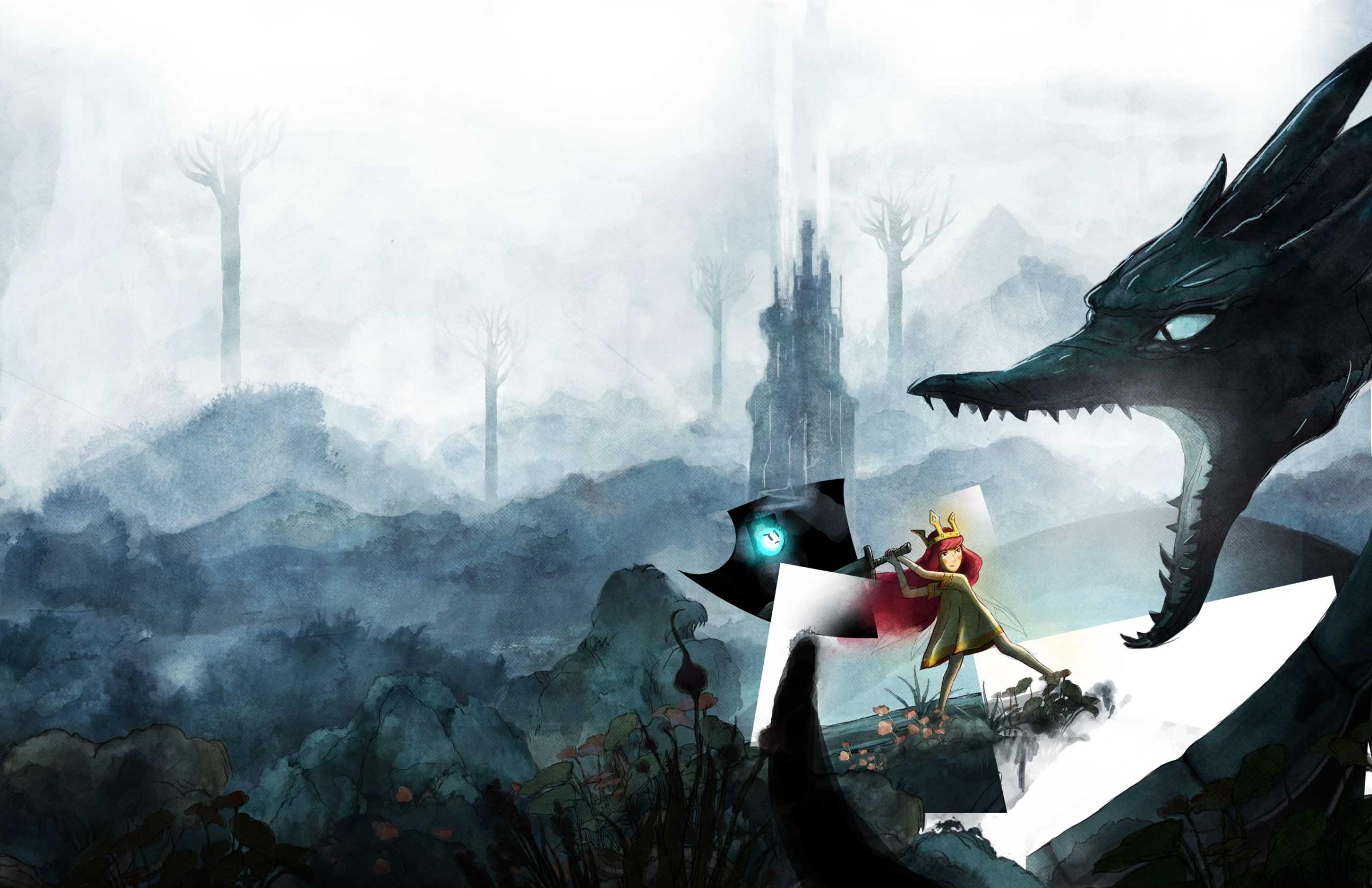
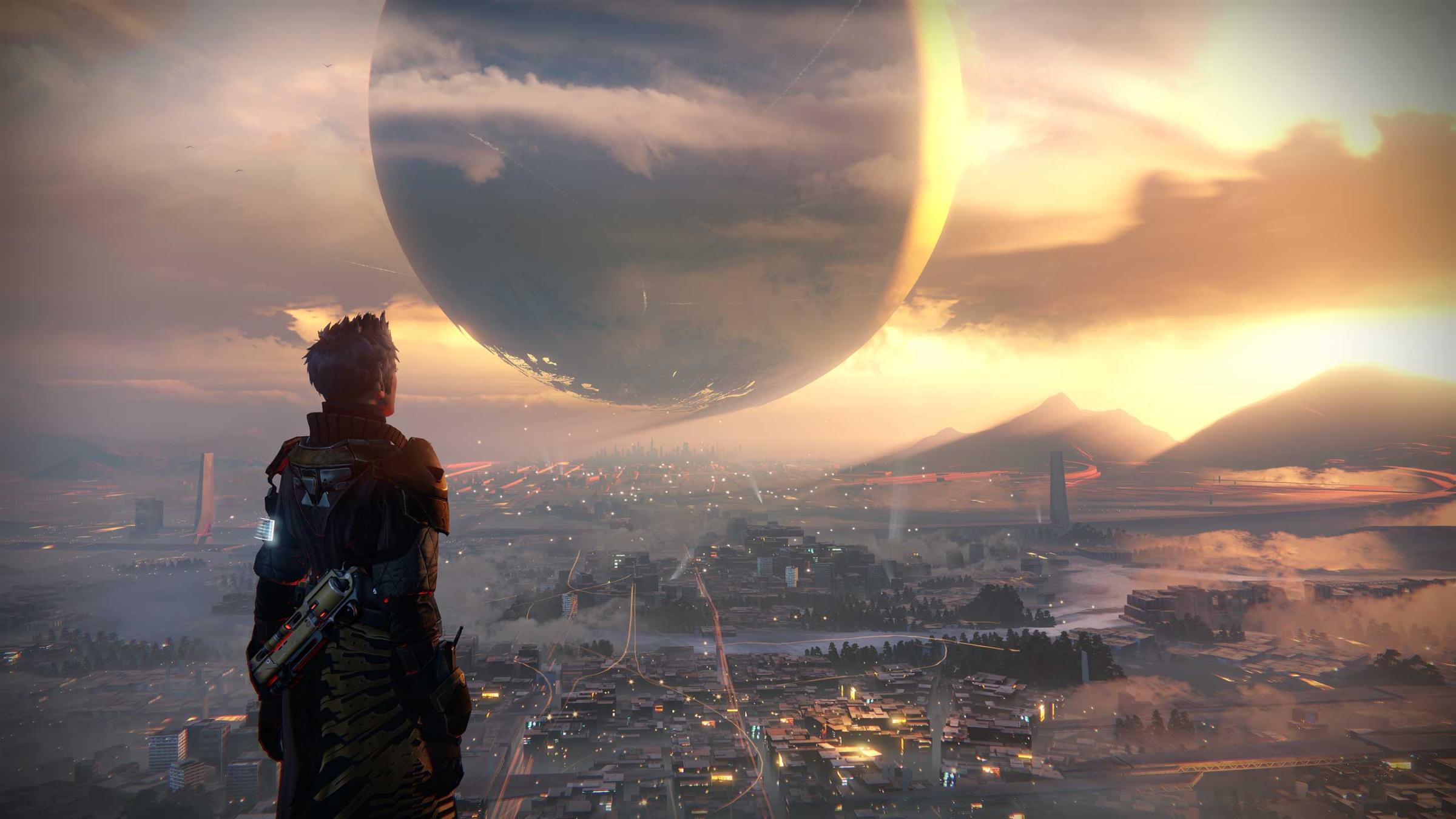
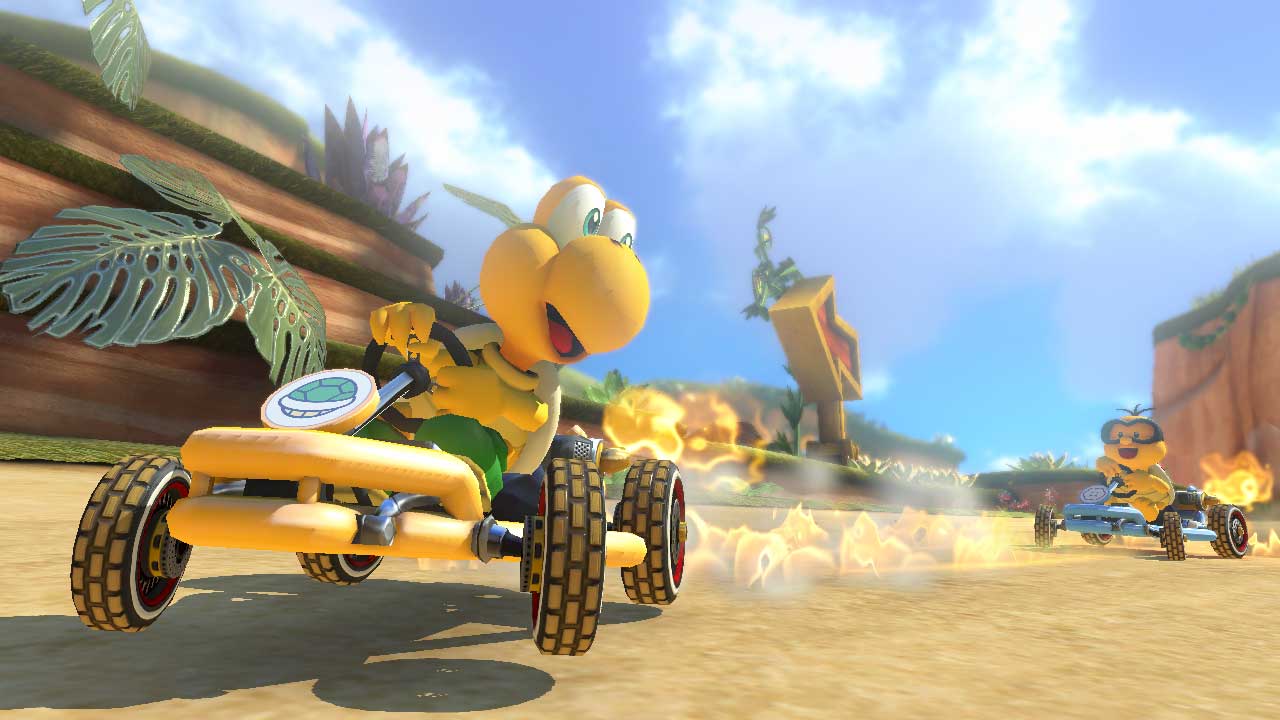
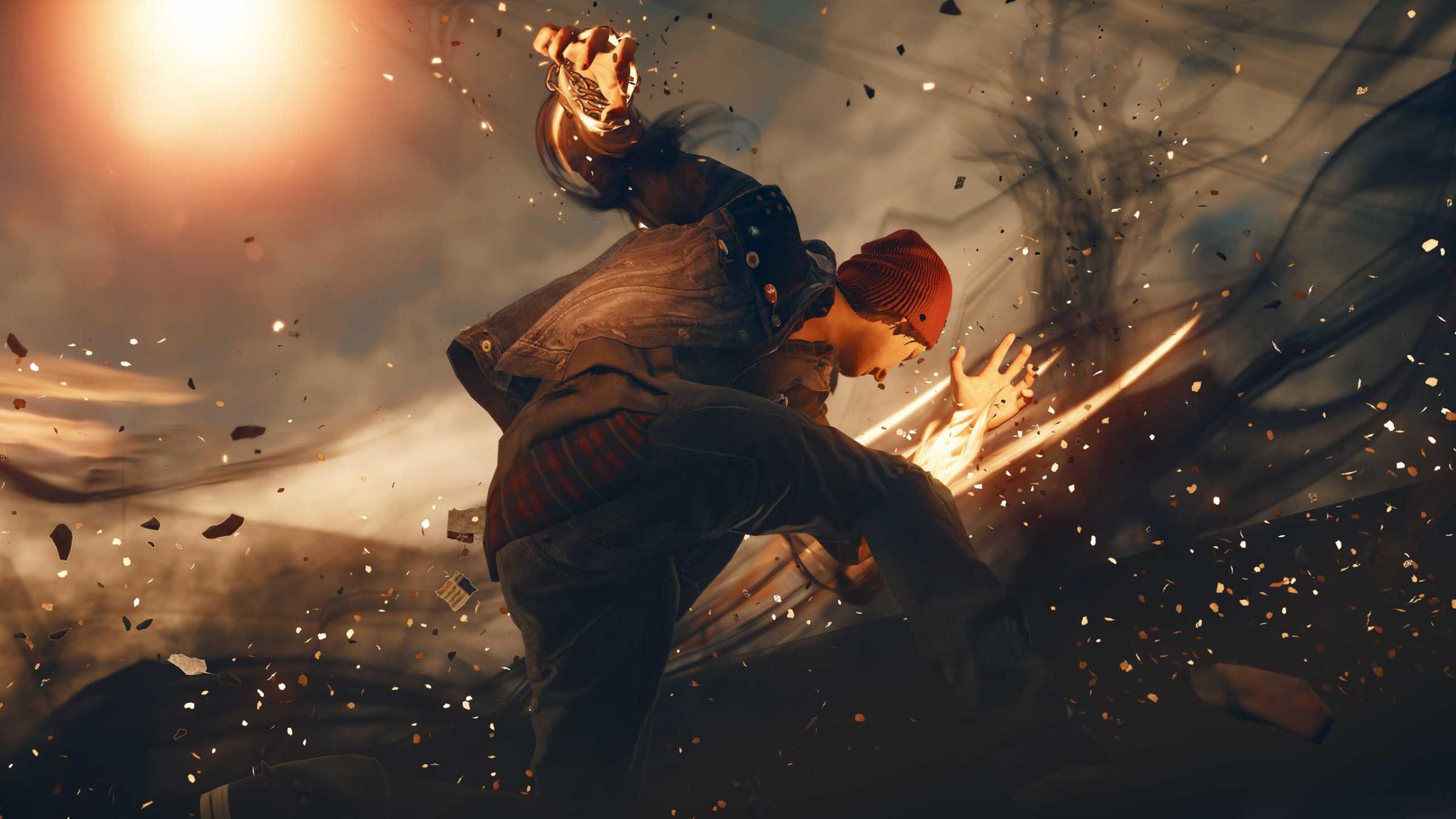
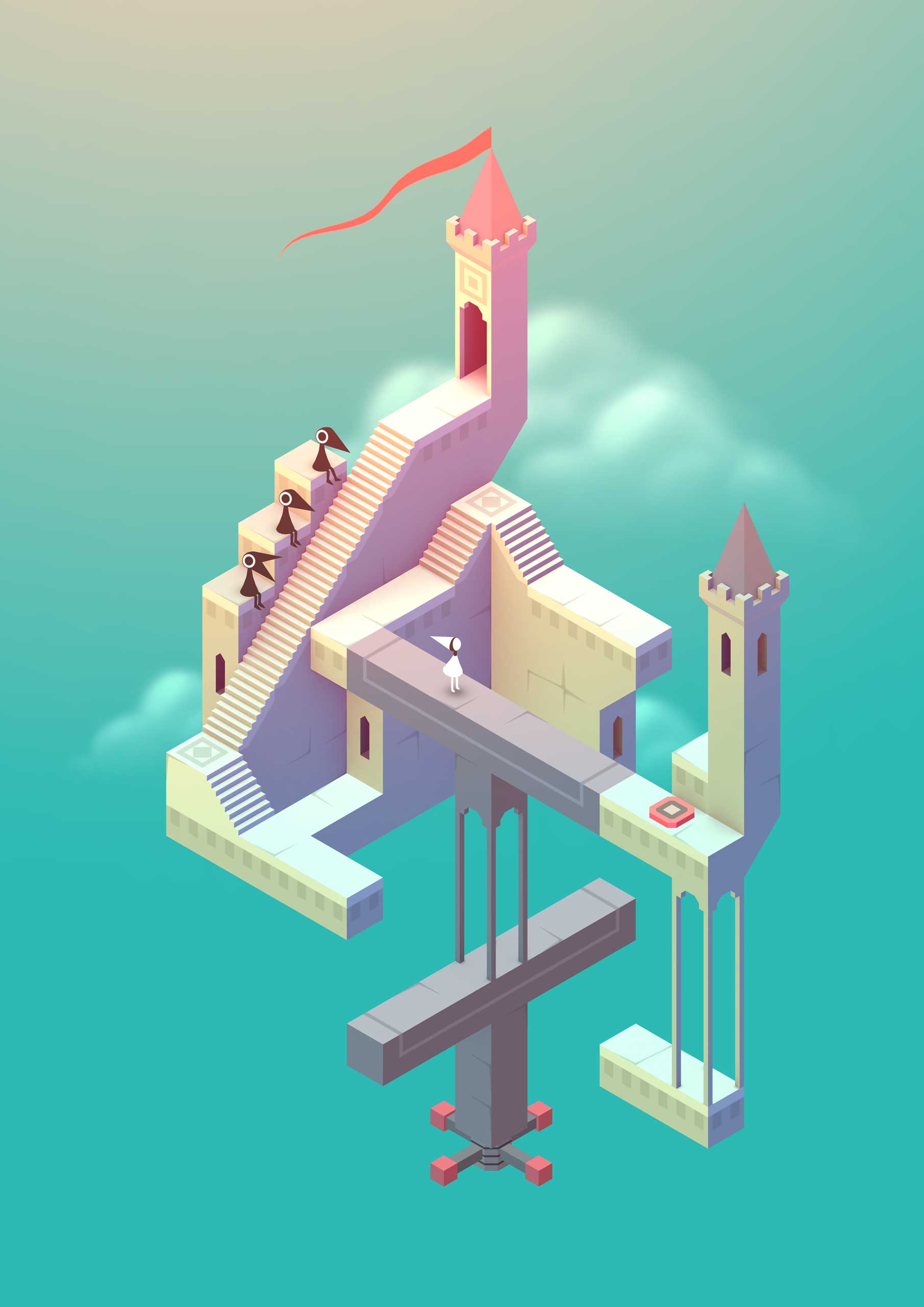

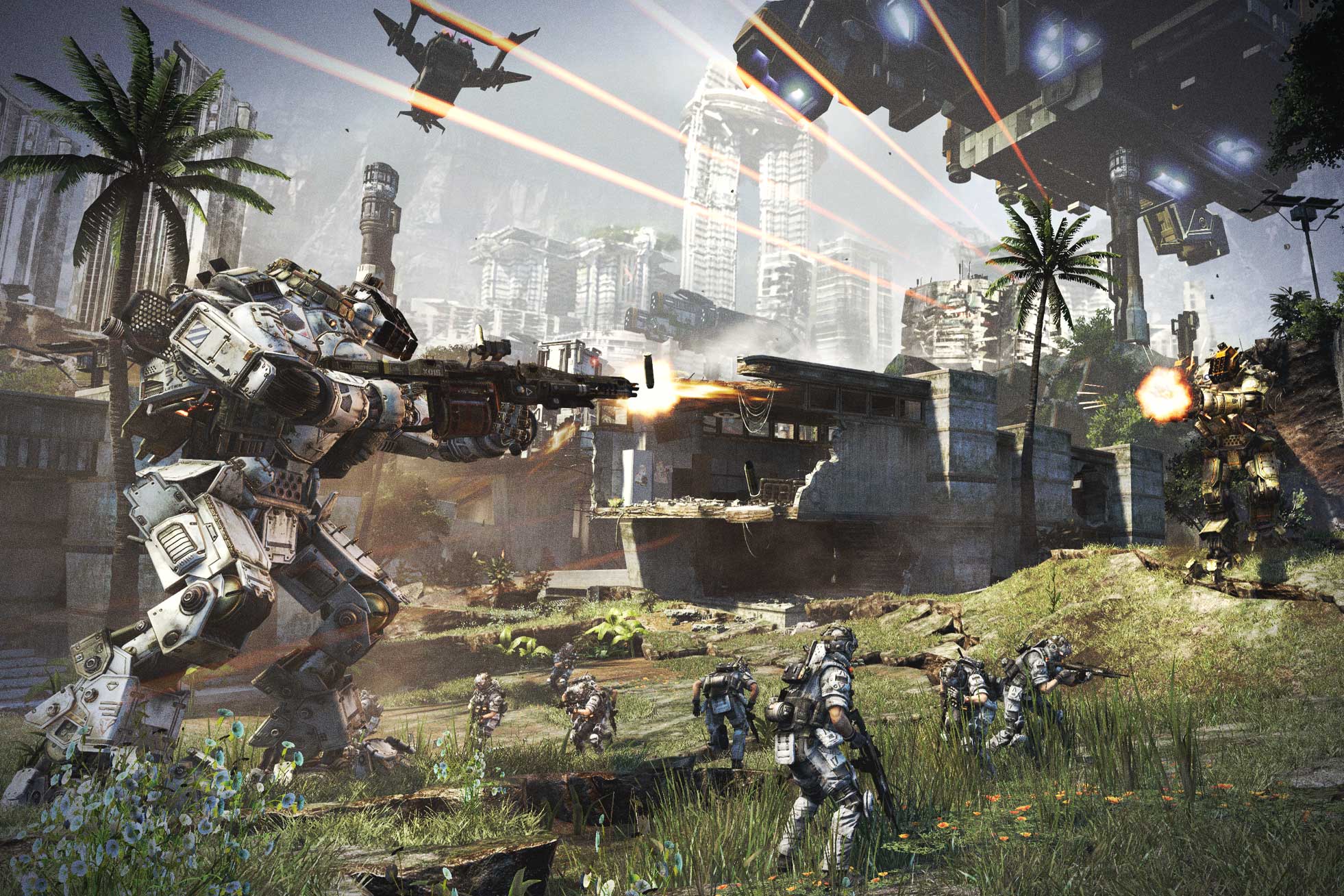
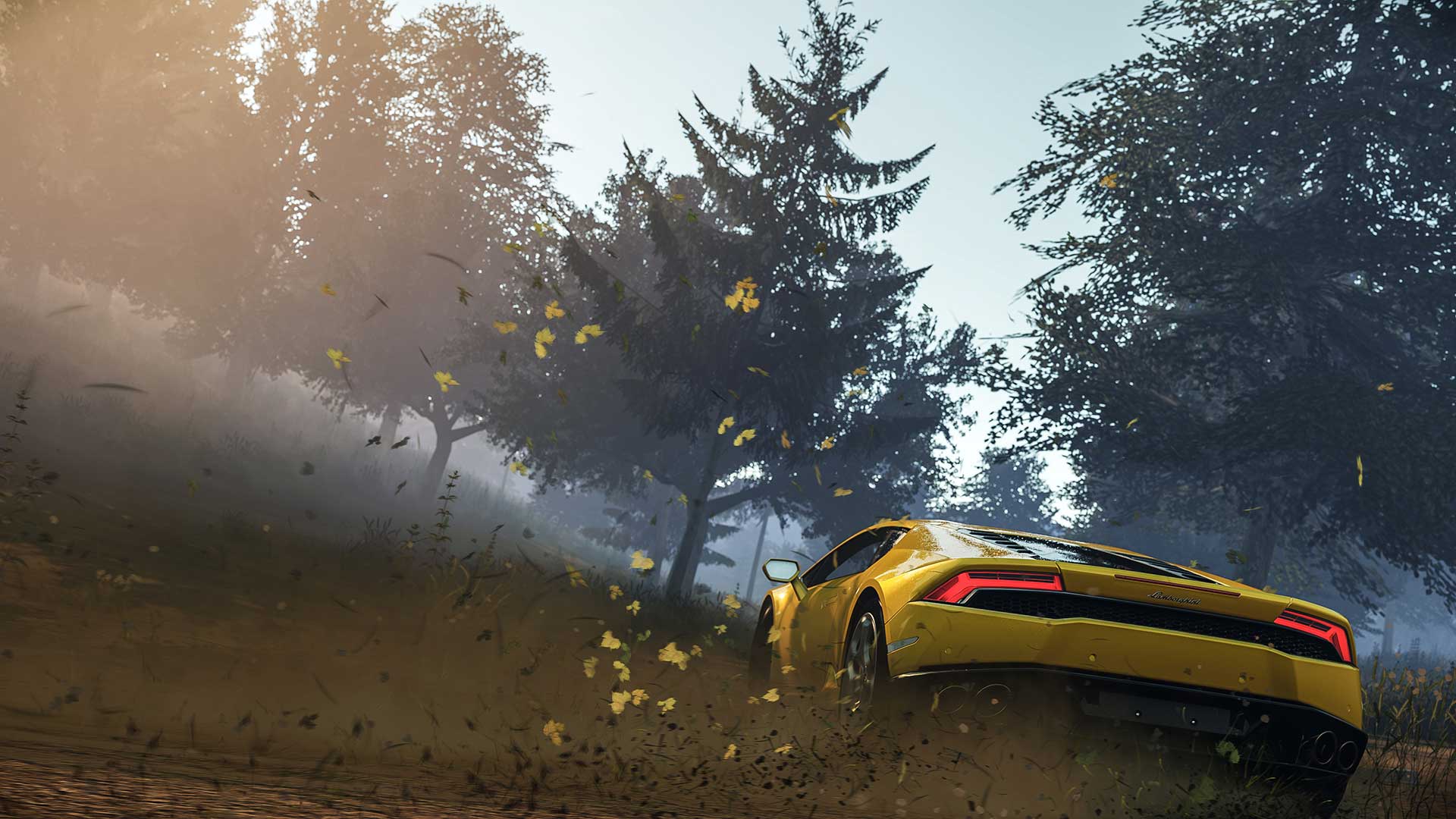

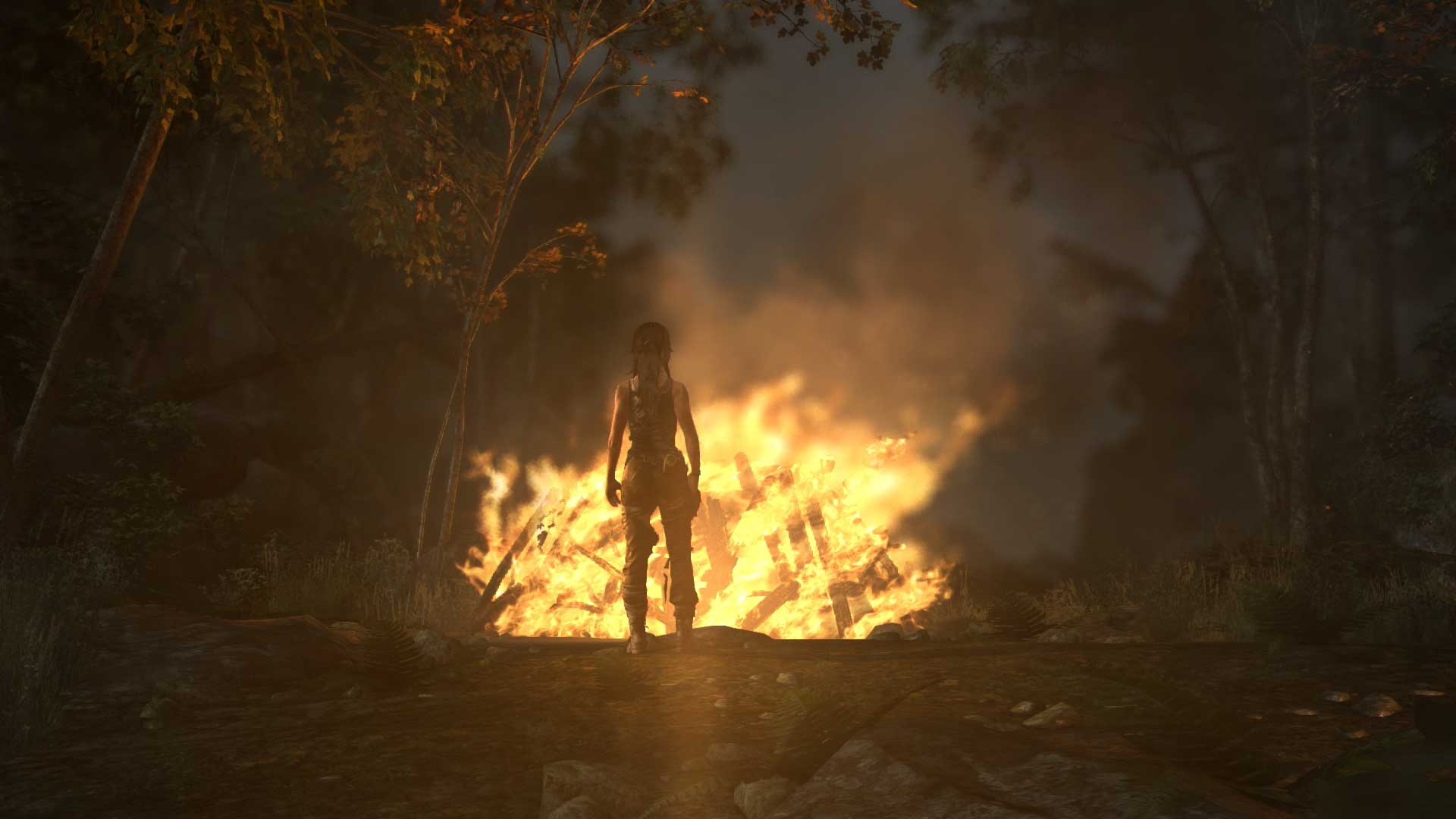
Normal Attack and Defense ratings will be resumed
Normalized, anyway. Bungie’s taking first year Attack and Defense caps and “renormalizing” them (the studio’s word, whatever it means) for year two. An attack rating of 365 will now be 170, which sounds like a terrifying nerf, but probably isn’t. Also, defense values are now scaled the same as Attack ratings (one scale is better than two!).
Every weapon overhauled
Virtually everything about ballistic combat is different in Destiny 2.0. The basic idea, as I understand it, is to make weapons behave more as you’d expect them to based on their archetypes. A few examples: Auto Rifles will do more damage, but at shorter distances; Pulse Rifles are now slightly less effective in PvP and tuned to emphasize precision damage in bursts instead of continuously; Scout Rifles are being tweaked to solidify their role as the long range weapon of choice; Hand Cannons have been nerfed to mitigate long range lethality and emphasize their role as a close-to-medium-range weapon; Shotguns have been further range-nerfed, and close-range damage against A.I. enemies has been significantly reduced; shorter range Fusion Rifles are more accurate, while longer range ones are less so.
Also, exotics like Thorn, Gjallarhorn, Icebreaker, The Last Word, Blackhammer and Hawkmoon have been nerfed.
Quests, Bounties, Cutscenes
The update adds a new tracking tab to your character interface so you can more readily track quests and bounties, you can now have up to 16 bounties at once, you no longer have to pointlessly fly to Destiny‘s Tower hub to turn them in (just bring up the new tab to do so), cutscenes are now skippable, and—drum roll!—”The Ghost is now voiced by Nolan North.”
More Must-Reads From TIME
- The 100 Most Influential People of 2024
- Coco Gauff Is Playing for Herself Now
- Scenes From Pro-Palestinian Encampments Across U.S. Universities
- 6 Compliments That Land Every Time
- If You're Dating Right Now , You're Brave: Column
- The AI That Could Heal a Divided Internet
- Fallout Is a Brilliant Model for the Future of Video Game Adaptations
- Want Weekly Recs on What to Watch, Read, and More? Sign Up for Worth Your Time
Write to Matt Peckham at matt.peckham@time.com